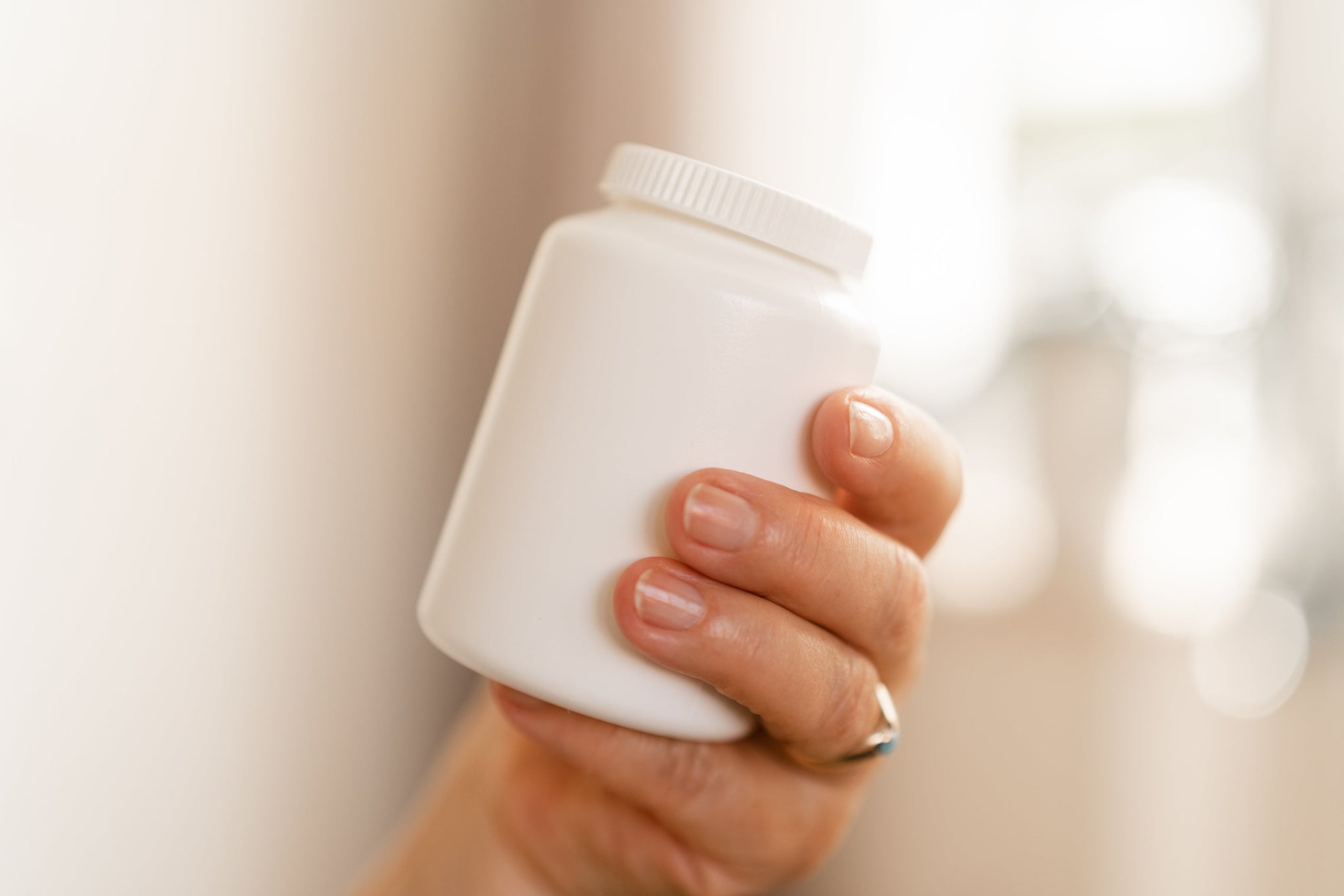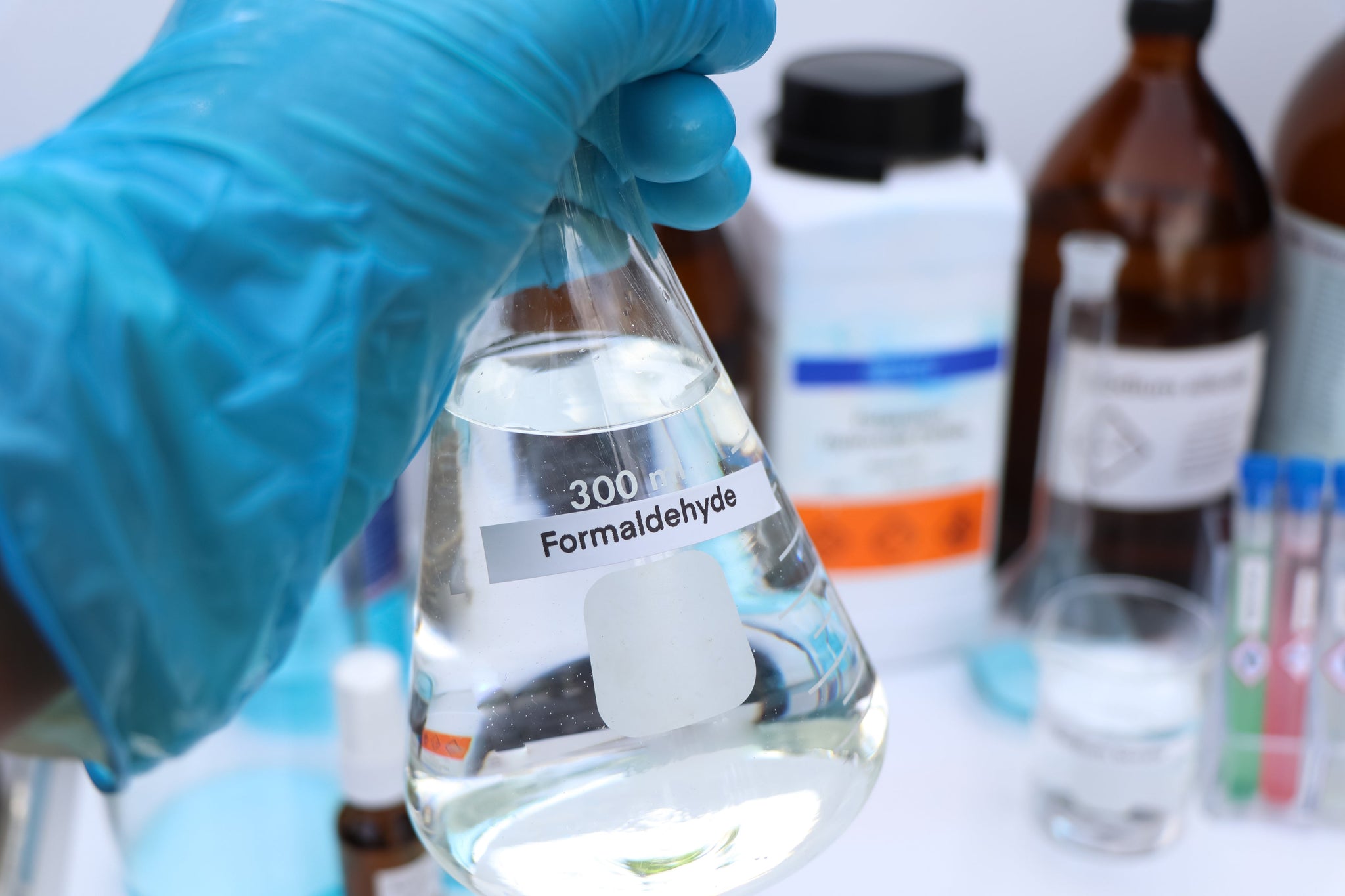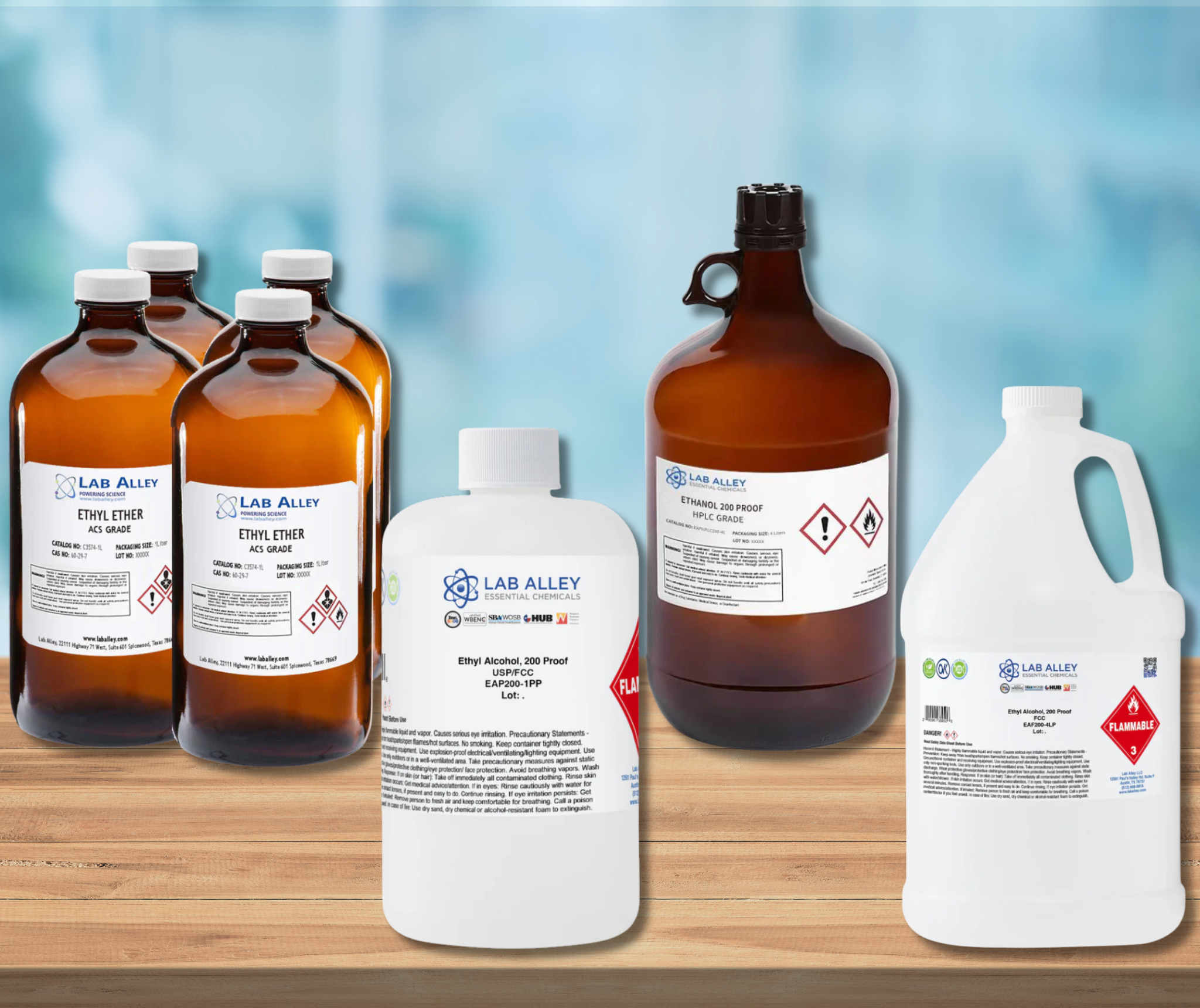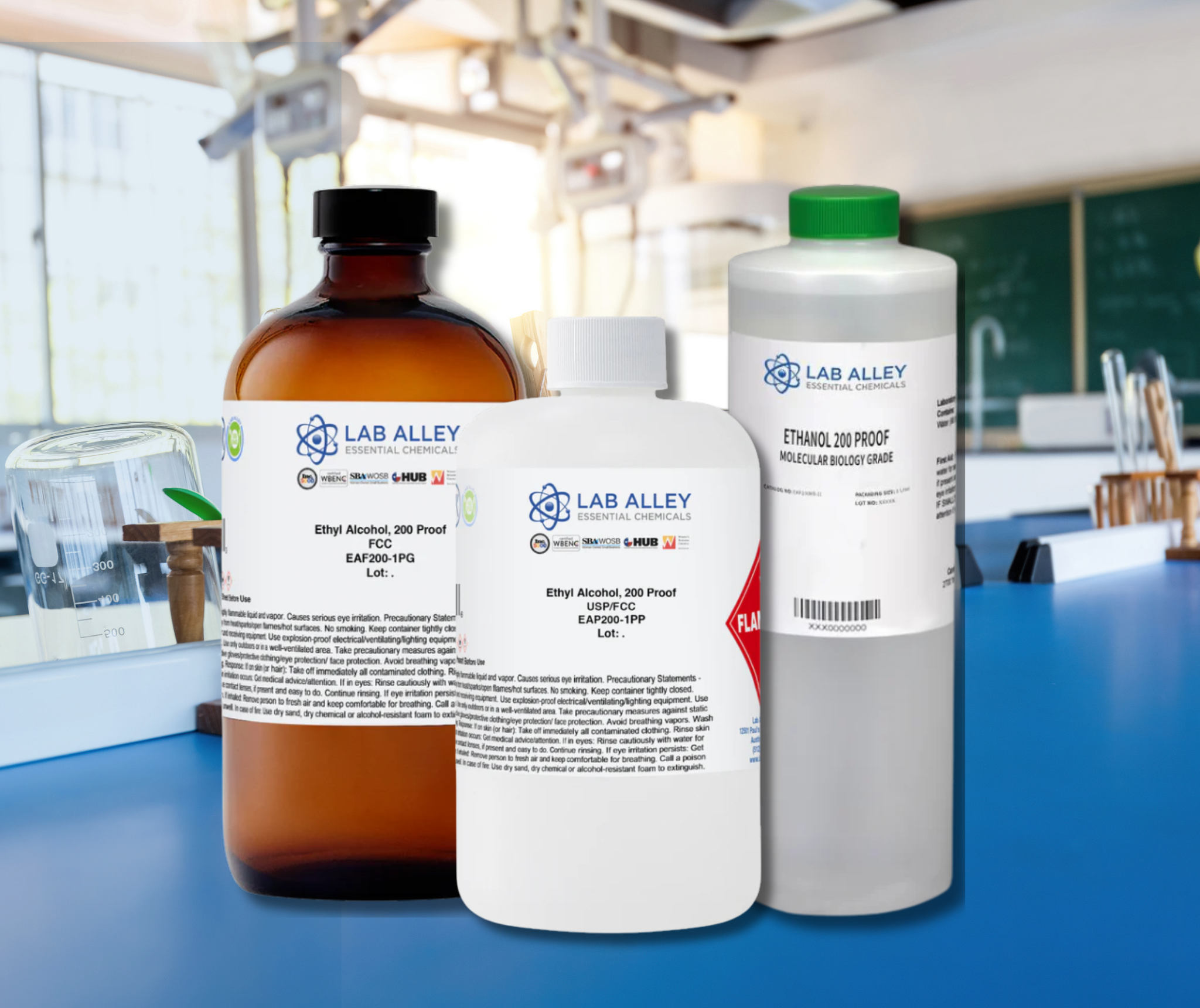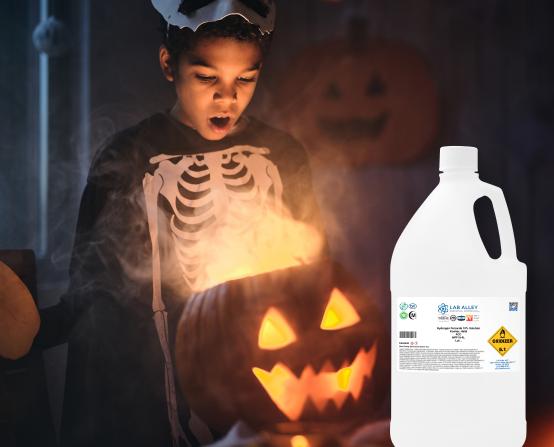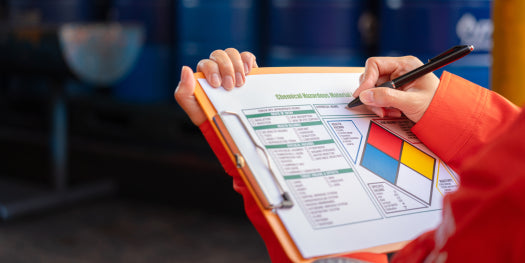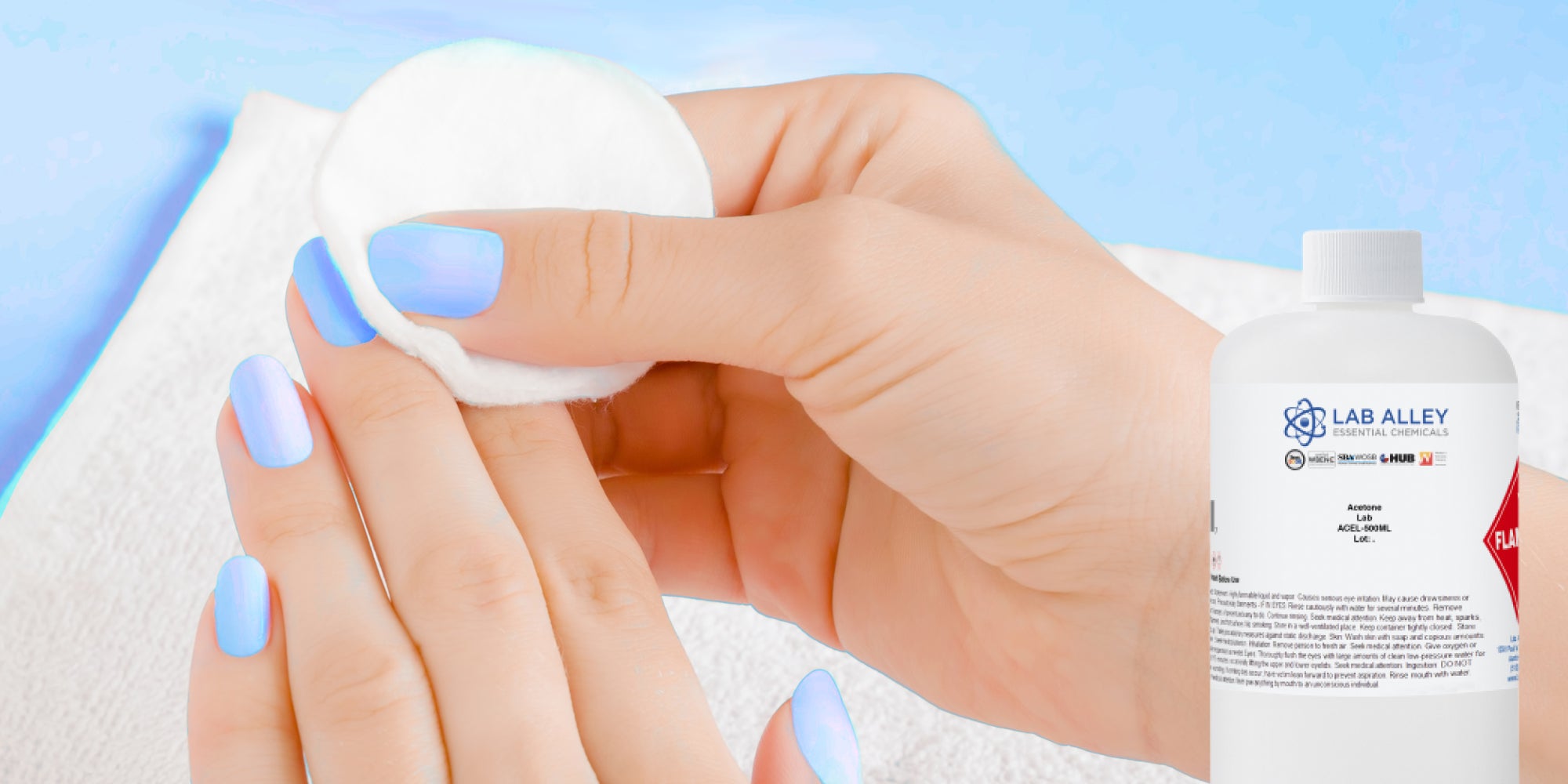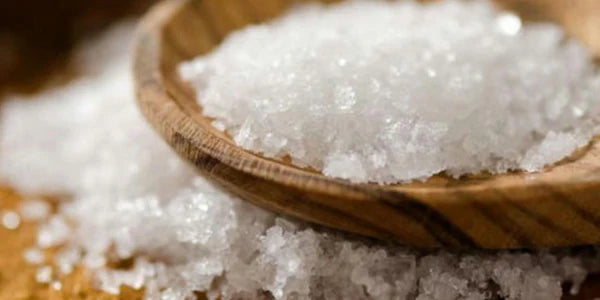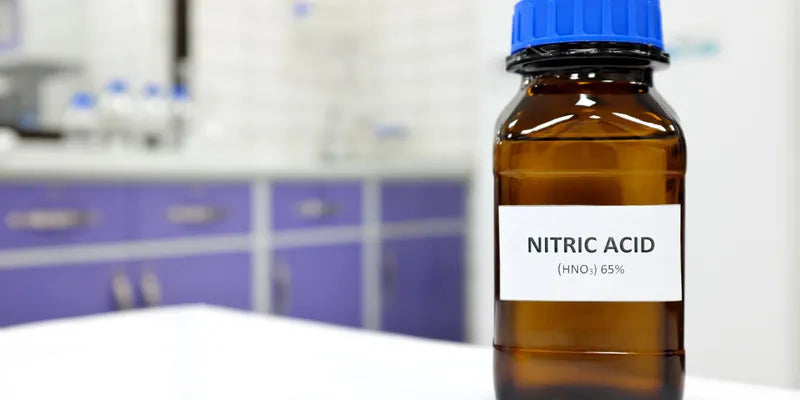Uses & Benefits
The versatility of chloroform stems from its excellent solvent properties and chemical reactivity. Despite safety restrictions that have limited some traditional applications, it continues to serve important roles across multiple industries and research fields.
Industrial Applications
In industrial settings, chloroform serves primarily as a chemical intermediate rather than a final product. It's widely used as a precursor in manufacturing refrigerants, particularly in the production of chlorofluorocarbons (CFCs) like Freon, though environmental regulations have reduced this application. Additionally, chloroform acts as an intermediate in the production of PTFE (polytetrafluoroethylene) and other specialized plastics and resins that require its unique chemical properties.
Scientific & Laboratory Uses
Laboratories rely heavily on chloroform as a versatile solvent for organic synthesis, extractions, and analytical procedures. Its ability to dissolve a wide range of organic compounds makes it particularly valuable in chromatography and purification processes. Chloroform also serves as a reference solvent in spectroscopic studies, including FTIR and NMR analysis, where its well-characterized properties provide reliable standards.
Historically, chloroform gained fame as one of the first general anesthetics and sedatives, though this application has been completely abandoned due to its toxicity and the development of safer alternatives.
Consumer & Household Uses
Modern consumer applications of chloroform are extremely limited due to safety regulations and health concerns. In the past, it appeared in cleaning solvents, degreasers, and spot removers, but these uses have been largely phased out in favor of less toxic alternatives due to toxicity concerns.
Specialized Applications
The pharmaceutical and cosmetics industries continue to use chloroform as a chemical intermediate in manufacturing processes, though not in final consumer products. Similarly, chloroform is used in agriculture in some pesticide formulations, though direct use is heavily regulated.
Safety Information
The safety profile of chloroform requires serious attention, as it presents multiple health and environmental hazards. Understanding these risks and implementing appropriate safety measures is essential for anyone working with this chemical.
Hazards & Precautions
Chloroform poses significant toxicity risks through multiple exposure routes. It is highly toxic by inhalation, ingestion, and skin absorption, primarily affecting the central nervous system, liver, and kidneys. Acute exposure symptoms may include dizziness, nausea, and respiratory depression, while chronic exposure raises serious concerns about carcinogenic potential.
Unlike many organic solvents, chloroform is not flammable under normal conditions. However, when heated or burned, it decomposes to produce extremely toxic gases, including phosgene, creating serious respiratory hazards that can be fatal.
Personal Protective Equipment (PPE)
Working with chloroform requires comprehensive personal protection. Gloves resistant to solvents (such as nitrile), safety goggles, and lab coats provide essential protection, and all work should be conducted in well-ventilated areas or under fume hoods to minimize inhalation exposure.
Respiratory protection may be necessary for extended use or when working with large quantities, though proper ventilation usually provides adequate protection for typical laboratory applications.
Storage Guidelines
Proper storage of chloroform is critical for maintaining safety and product integrity. Store in airtight, light-resistant containers in cool, dry, well-ventilated areas away from strong bases, alkali metals, and oxidizers to prevent dangerous reactions.
Since chloroform decomposes when exposed to air and light, minimize container opening and store in dark areas. Avoiding prolonged exposure to air and light reduces decomposition risks and helps maintain product quality over time.
Spill & Disposal Procedures
Chloroform spills require immediate containment to prevent environmental release and vapor accumulation. Use absorbent materials and ensure adequate ventilation during cleanup. All contaminated materials must be disposed of as hazardous chemical waste according to local regulations to minimize environmental and health risks.
Never allow chloroform to enter drains, waterways, or soil, as it can contaminate groundwater and harm aquatic ecosystems.
Grades and Pack Sizes
Chloroform is available through specialized chemical suppliers in various grades and packaging options to meet different application requirements. However, purchasing may be subject to regulatory restrictions depending on your location and intended use.
Available Grades & Purities
- ACS (American Chemical Society) Grade: Meets American Chemical Society specifications for analytical and research applications requiring high purity and low impurity levels.
- USP (United States Pharmacopeia) Grade: Conforms to United States Pharmacopeia standards, suitable for pharmaceutical and medical research applications.
- Industrial Grade: Cost-effective option for large-scale manufacturing and industrial processes where ultra-high purity isn't essential.
- High-Purity Laboratory Grade: Specialized grades with enhanced purity specifications for sensitive analytical work and research applications.
Pack Sizes & Bulk Options
- Small quantities: Laboratory bottles ranging from 500mL to 1-liter containers for research, analytical work, and routine laboratory applications.
- Intermediate quantities: 4-liter, 5-gallon, and 20-liter containers for mid-sized applications, pilot-scale operations, and medium-volume laboratory work.
- Bulk: 55-gallon drums available for industrial manufacturing applications, shipped via LTL freight with custom shipping rates provided upon request.
For high-quality chloroform in various grades and packaging sizes, Lab Alley provides reliable, laboratory-tested products with comprehensive documentation and safety data sheets. Our experienced team can help you select the appropriate grade and packaging for your specific application, ensuring compliance with relevant regulations.
Contact our sales team for current availability, pricing information, and certificates of analysis to meet your chloroform requirements.









